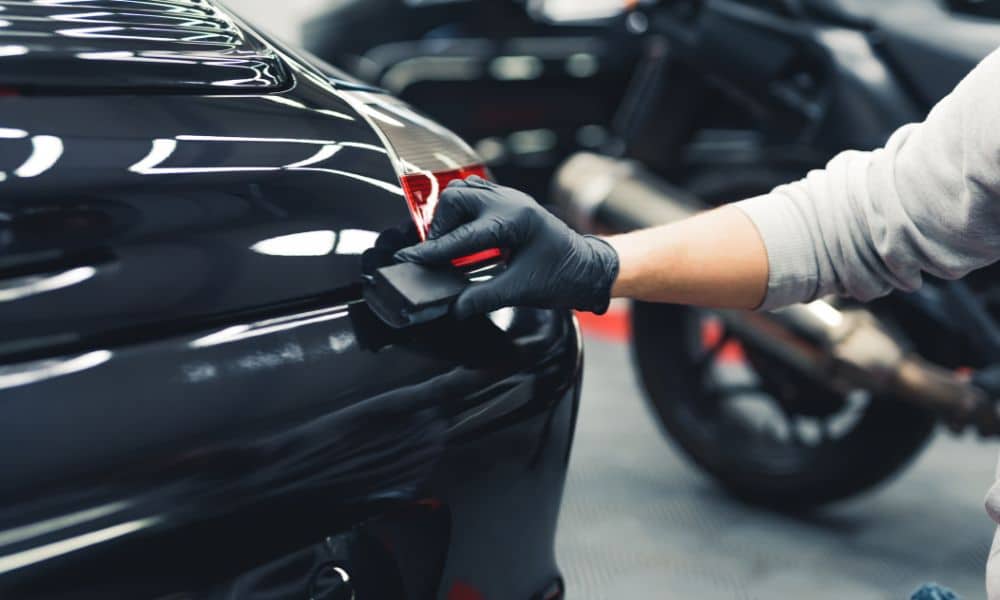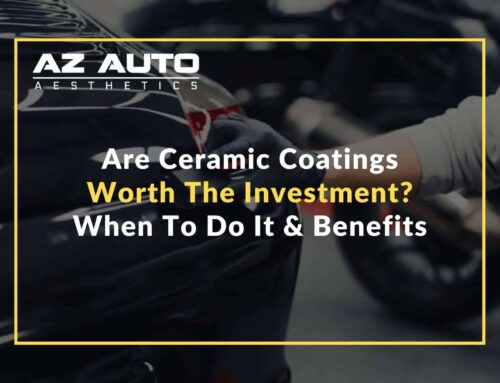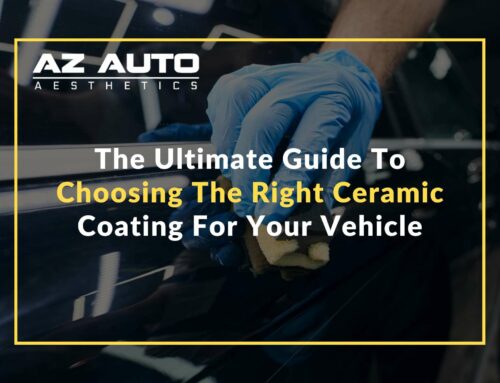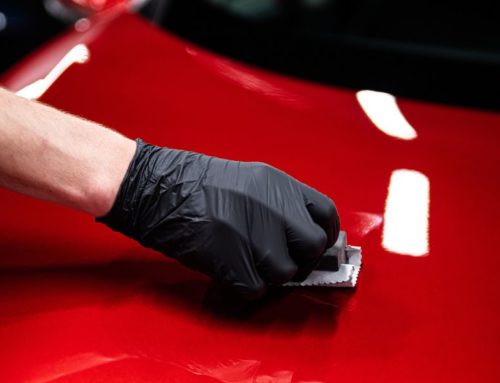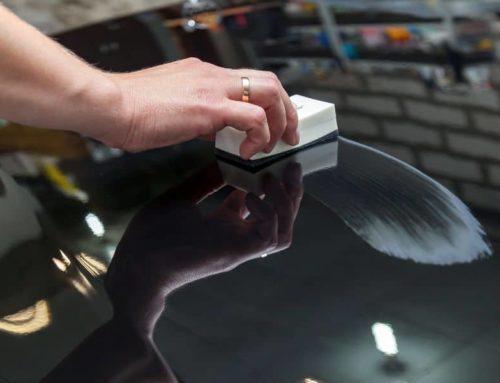When it comes to car work, some people have a big fear that companies purposely sabotage their own work in order to get customers to come back to them regularly. While a few businesses might try to pull tricks like that, this is not the case when it comes to auto detailers.
In fact, most detailers go out of their way to ensure that their work lasts many years to come. While there are quite a few techniques for doing this, none are as good as a ceramic coating. If you’re unsure what the role of ceramic coating is in a car detailing routine, read this short guide to go into more depth on the subject.
What Ceramic Coating Is
Let’s start by covering what ceramic coating is. In basic terms, it’s an upgraded version of the standard wax many people use on their vehicles. However, ceramic coating is stronger and lasts much longer than typical wax. It uses a chemical polymer solution that detailers apply by hand to your car’s surface, creating a strengthened shell that prevents damage from reaching your paint job underneath.
Its Benefits
The main reason companies include ceramic coating as a standard part of a car detailing routine is the protection it gives. After painstakingly repainting and detailing a car, the last thing someone wants is a rock flying across the road to scuff the new paint job. The ceramic auto coating that detailers provide helps prevent that damage from ever reaching the paint.
As an added bonus, ceramic coatings add a nice glossy finish to vehicles. This helps add to how impressive cars look after a detailer has worked on them.
Other Reasons To Use It
Ceramic coatings are extremely beneficial for other reasons as well. These coatings will protect paint jobs from harmful UV rays and harsh chemicals. They also make cars much easier to wash due to their glossy nature.
Unfortunately, the more damage a ceramic coating takes, the less effective it becomes. Luckily, it’ll take a while for it to deteriorate noticeably. However, when it does, a simple touch-up should return it to its former glory. There’s really no reason not to add this protective layer to your vehicle.

